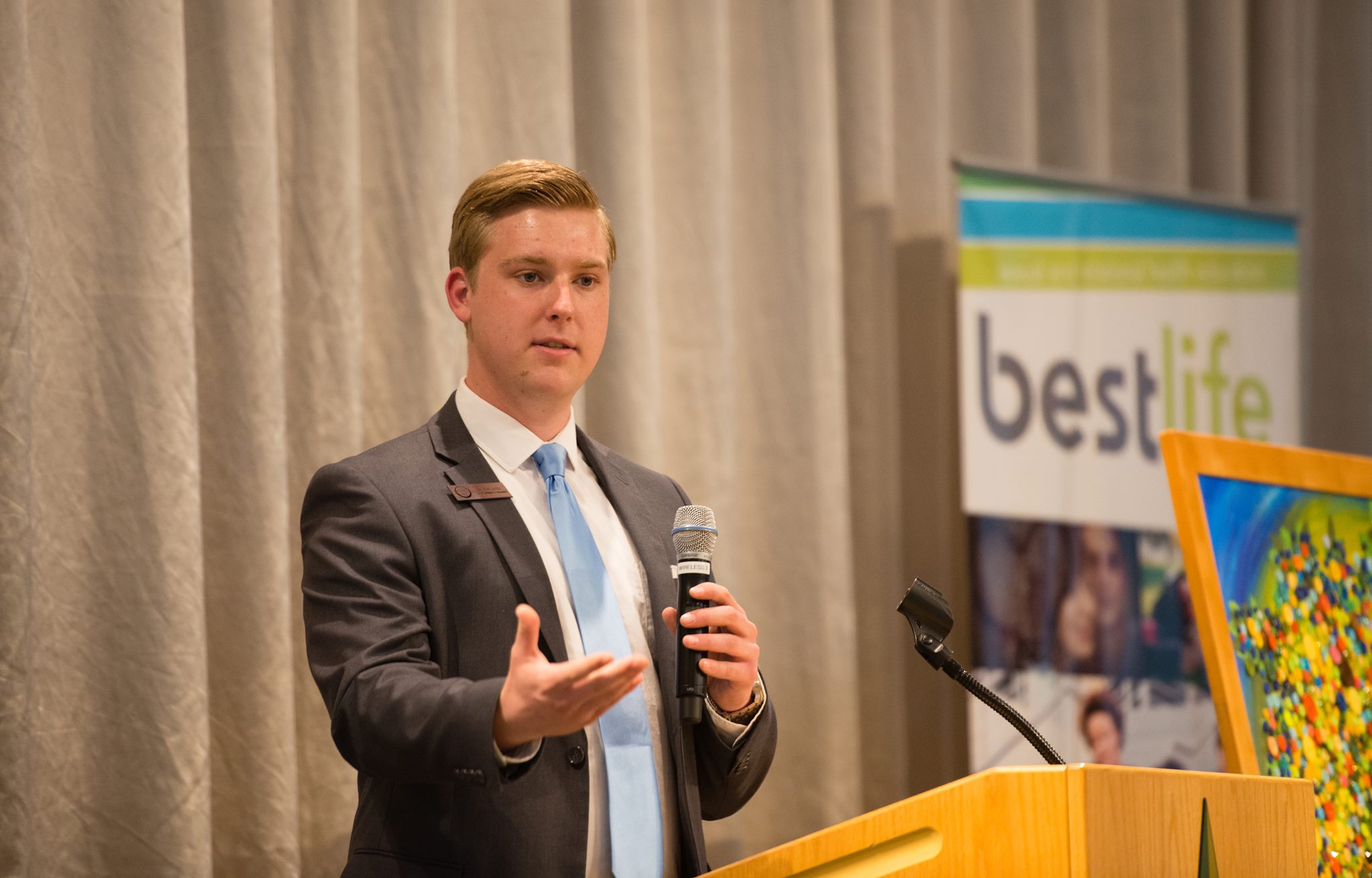
Jon
DeLange
Jon DeLange is an nonprofit fundraising and marketing leader who has consulted with over 50 Christian organizations across North America. He leads the national direct mail program and digital supporter strategy for Summit Ministries, as well as building relational trust with several dozen of the organizations largest donors – securing the organization’s first ever 7-figure cash gift in the fall of 2023. Jon is the co-founder of The Strategic Fundraising Plan and coaches other nonprofit fundraisers. Clients gain the attention of their ideal supporters and inspire them to give joyously. You can explore Jon’s philosophy of Relationship Forward Fundraising by joining the conversation with 8300 followers on Linkedin or listening to a recent podcast appearance.